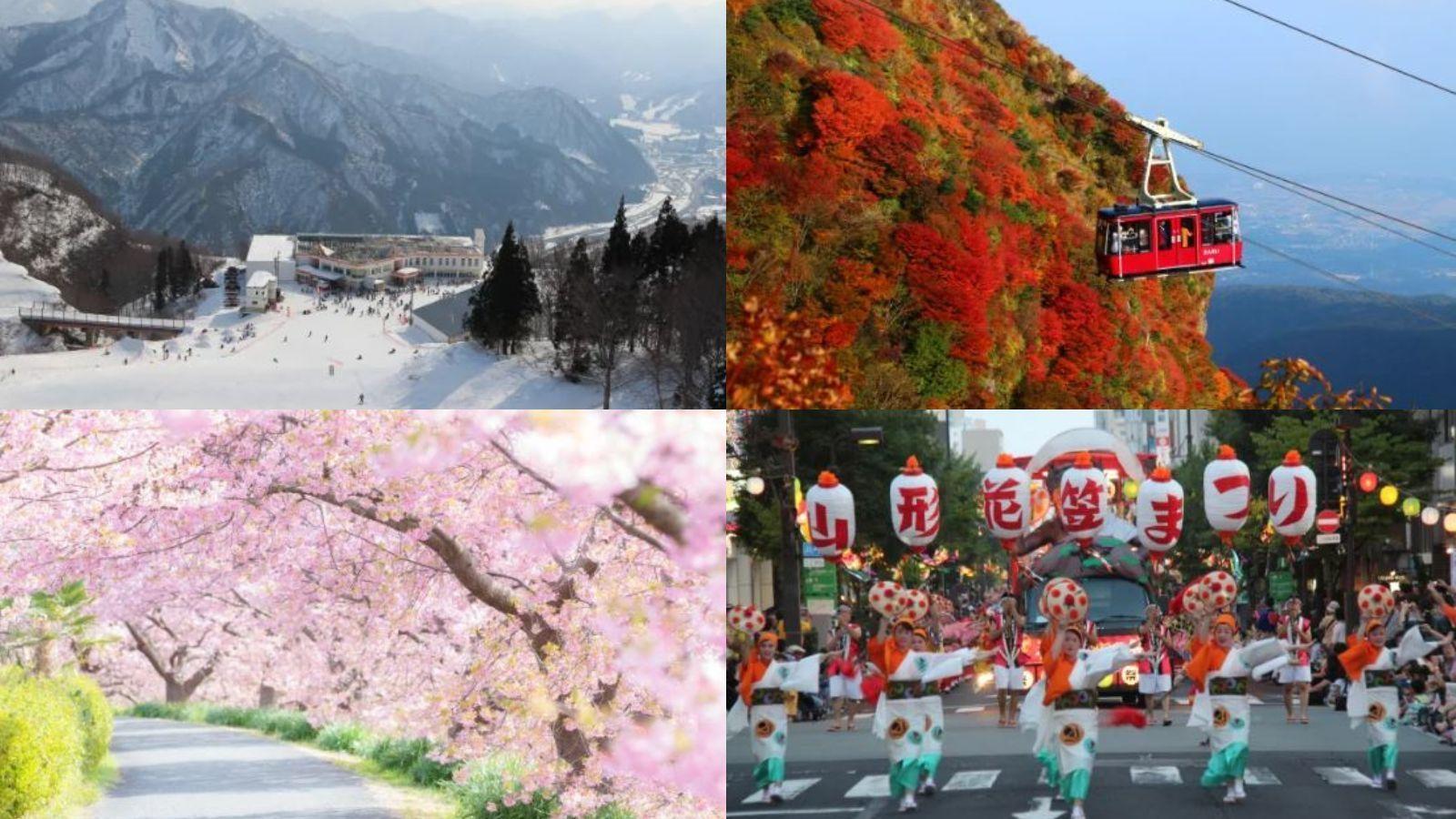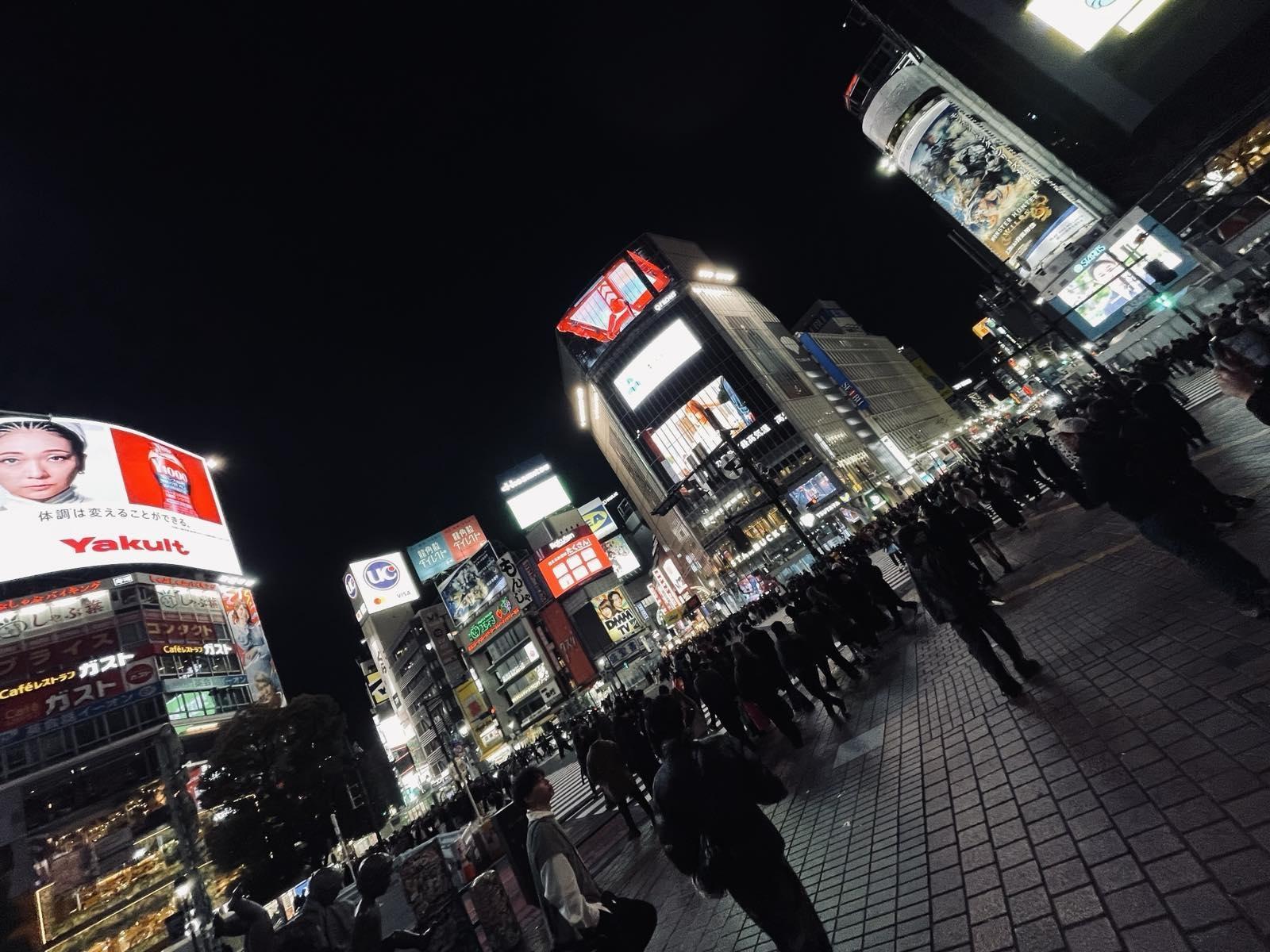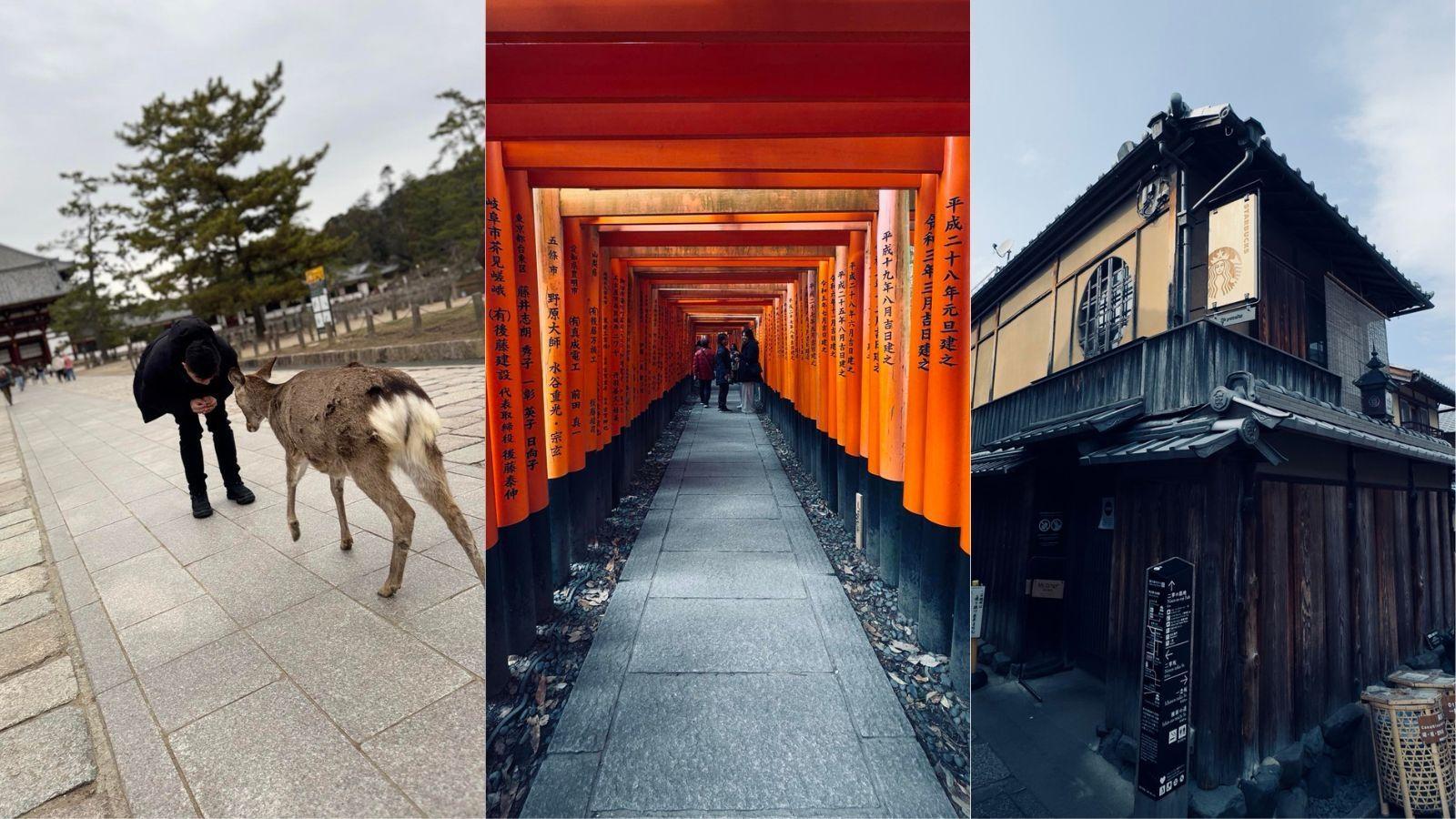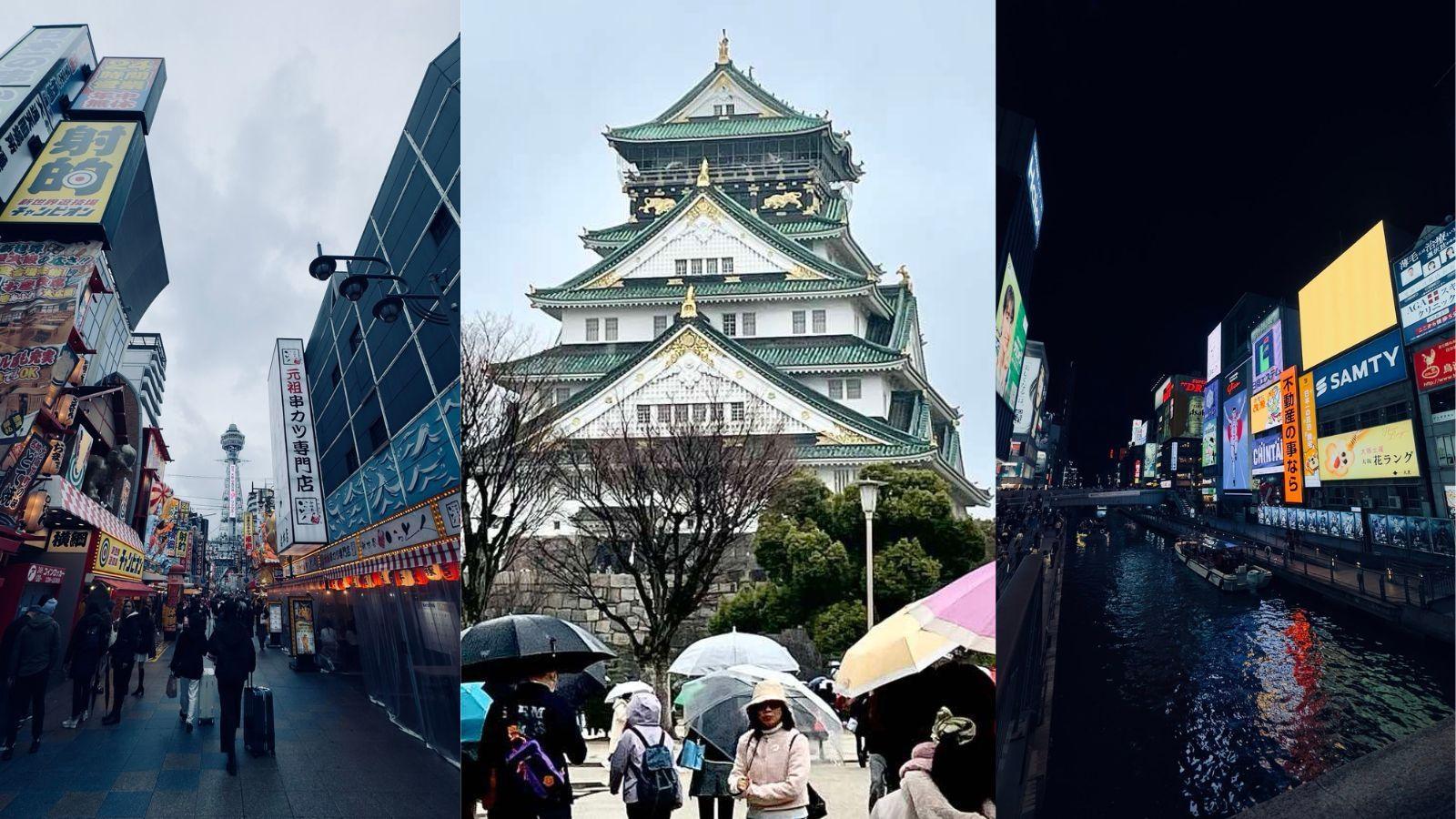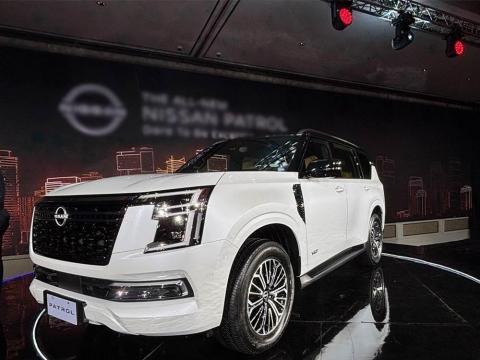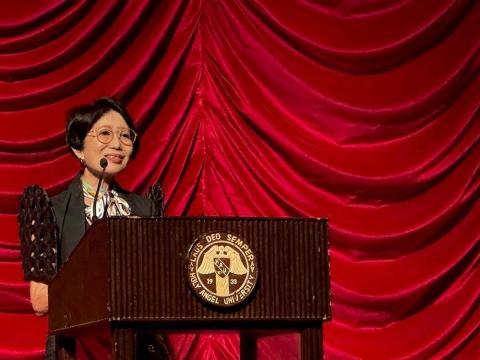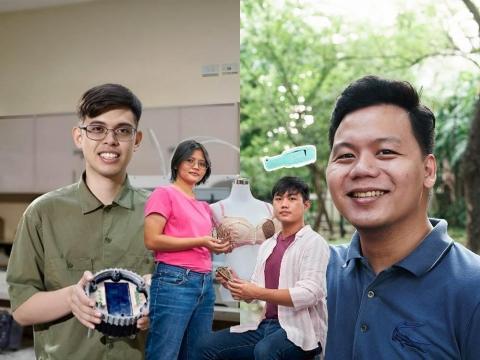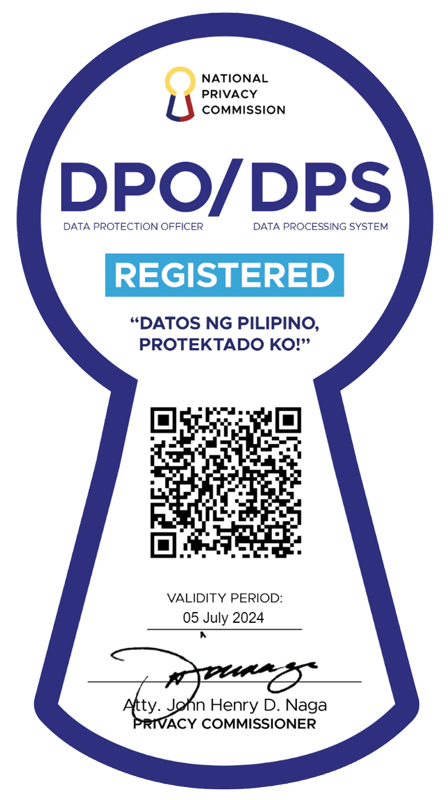The ultimate Japan travel guide for first-timers
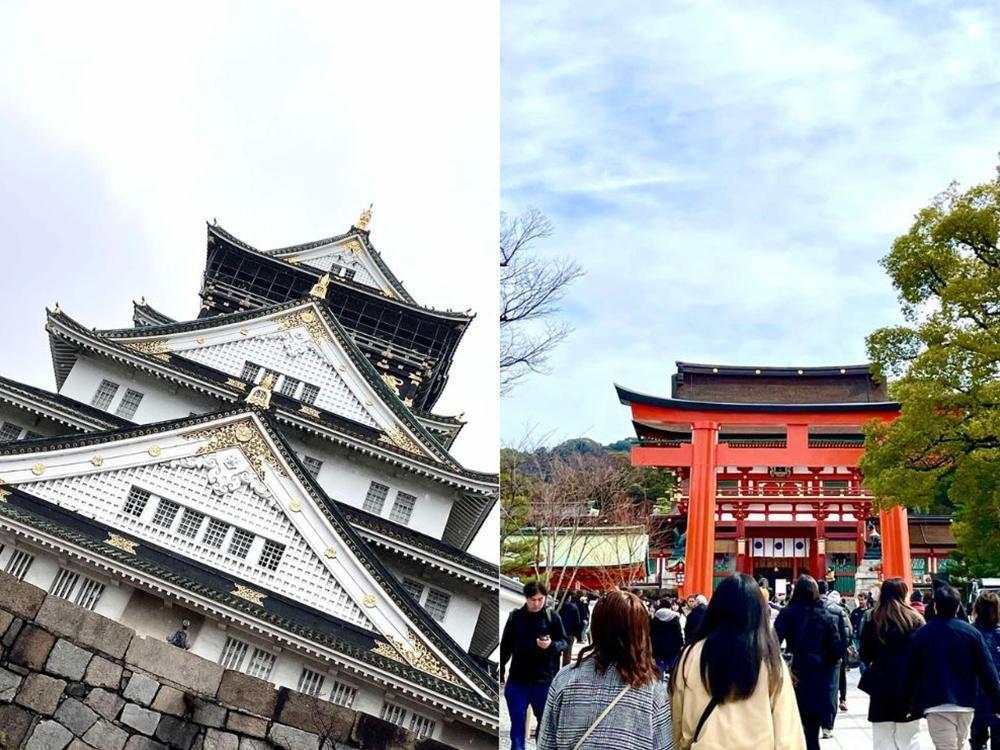
Now that the COVID-19 pandemic is over, everyone is making up for the lost time. People are now in their “revenge travel” era--a period when travelers are eager to explore the world after being restricted for years.
One country has emerged as one of the top destinations after the pandemic--Japan. The Japan Embassy in the Philippines has been receiving a high volume of tourist visa applications since January this year. From the usual processing time of less than a week, tourists are now advised to apply for a visa at least two months prior to their intended travel date. To address this demand, the Japan Embassy introduced a new visa application center which will start processing applications on April 7, 2025. This means other accredited agencies have until April 6 to submit directly to the embassy.
If you're planning a trip to Japan, this guide will provide a comprehensive overview of all the things you need to know from applying for a visa to budgeting and travel tips.
Applying for Japan Visa
Before booking your flight, you need to secure your Japan Visa first. Prepare the following requirements for Tourist Visa (PH passport holders):
- Valid passport (at least six months validity)
- Visa application form (properly filled out)
- Facial photo (4.5 x 3.5 cm)
- PSA issued Birth Certificate and Marriage Certificate (for married applicants), issued within 1 year
- Itinerary in Japan
- Bank certificate (average daily balance within the last six months must be shown)
- Income Tax Return (ITR)
- For employees: Certificate of Employment (must indicate period of employment, salary, and position)
- For business owners: Department of Trade and Industry (DTI) “Certificate of Business Name Registration” and Mayor's Permit from the City Hall must be submitted.
- For unemployed, retirees, students, or sponsored travelers, additional documents may be required. See Japan Embassy's complete list of requirements HERE.
Schedule an appointment at the Japan Visa Center on this website and submit the documents at VFS Visa Application Centers located in Parañaque, Quezon City, Makati, Cebu, and Davao. Prepare PHP 520 for the processing fee. Applicants can check the status of the visa on their website.
Japan issues two kinds of tourist visas: a single-entry visa valid for travel within three months from the date of issuance and a multiple-entry visa which requires additional documents if you opt for this in your application.
Understanding the seasons of Japan
Photos courtesy of www.japan.travel
Before deciding on your travel period, you need to know the climate in Japan. The Land of the Rising Sun has four distinct seasons, each offering a unique experience. If you want to witness Cherry Blossoms in full bloom, plan your trip between March and May (Spring) and wear light layers and a jacket. Japan's festivals usually happen from June to August (Summer), the hottest and most humid season so light clothing is recommended. Another popular time to visit Japan is between September and November (Autumn) as tourists can enjoy the vibrant fall colors and pleasant temperature. Meanwhile, if you like to see the snowy landscapes of Northern Japan, travel between December and February (Winter) and make sure to bring heavy coats and gloves.
The Golden Route: Tokyo, Kyoto, and Osaka
Travelers planning a trip to Japan probably heard of The Golden Route, a popular itinerary for those who visit the Land of the Rising Sun for the first time. According to the Japan National Tourism Organization's website, tourists will see famous sights and visit iconic spots located in Tokyo, Kyoto, and Osaka on this route. It also recommends a travel period of at least 7 days for this basic itinerary which covers four days in Tokyo, 1.5 days in Kyoto, and 1.5 days in Osaka.
If you'll be following The Golden Route, you need to book multi-city flights: enter Japan via Haneda Airport or Narita International Airport in Tokyo and depart from Kansai International Airport in Osaka or vice versa if you prefer to visit the latter first. Aside from these two prefectures, the itinerary also includes visiting Kyoto, which is near Osaka as both are in the Kansai region. Take Japan's famous Shinkansen bullet train to transfer between different regions.
Photos courtesy of: www.japan.travel
If you're in Tokyo, you may want to visit popular destinations such as Tokyo Skytree, Shibuya Scramble Crossing, Hachiko Memorial Statue, Senso-ji Temple, Tokyo DisneySea, and Tokyo Disneyland. Tokyo is also known for shopping and fashion. Tourists can also go to the trendy shopping districts of Harajuku and Shibuya and shop at luxurious stores in Ginza. For those interested in anime and gadgets, Akihabara would be a perfect place. You can also catch a glimpse of Mount Fuji which is just a two-hour transfer from Tokyo.
Shibuya Scramble Crossing / Photo courtesy of Wesly Lagdameo
When in Kyoto, visit these famous spots early in the morning as it may get too crowded: Arashiyama Bamboo Forest, Tenryu-ji Temple, Fushimi Inari Taisha Shrine, and Gion, the most prominent geisha district. If time allows, explore Nara where you can find friendly deers freely roaming at Nara Park.
Nara Park, Fushimi Inari Taisha Shrine, Starbucks in Gion District / Photos courtesy of Al Kendrick Noguera
Meanwhile in Osaka, expect a more relaxed stay as the prefecture is best known for food, fun, and nightlife. If you are a foodie, do not miss Dotonbori and Shinsekai. You can also visit popular destinations such as Osaka Castle, Osaka Museum of History, Umeda Sky Building, Tsutenkaku Tower, and Universal Studios Japan. You can buy souvenirs in Osaka's shopping district Shinsaibashi.
Shinsekai, Osaka Castle, Dotonbori / Photos courtesy of Al Kendrick Noguera and Michael Paunlagui
Accommodation, Public Transportation, and Internet Connection
Public transportation in Japan is efficient and reliable as it connects almost all cities. It's recommended to stay near subway stations for convenience. The easiest to book are hotels and hostels but for cheaper options, there are Airbnb properties everywhere.
Navigating your way around Japan is easy with Google Maps. Download the app and follow the instructions to reach your destinations. Tourists can ride subways/trains and buses and conveniently pay using IC cards that you can purchase upon arriving in Japan: Suica in Tokyo or Icoca in Osaka. Both reloadable cards can be used to pay for public transportation nationwide.
Tip: If you carry your luggage around, you can set Google Maps' settings for wheelchair-accessible areas and it will point you at subway station entrances and exits with elevator access.
Another thing you need to secure upon arriving in Japan is your Internet connection. You can find stores at the airport that offer e-sims and rentable pocket WiFis. You can also activate the data roaming of your local network providers, which you can do before leaving the Philippines.
Budget for Food and Transportation
The cost of a usual meal in Japan ranges from JPY 500 to 3,000 (PHP 192 to 1,152). Low-budget travelers can opt for convenience stores and fast food chains for affordable meals that cost around JPY 500 to 1,000 (PHP 192 to 384). Other options are local restaurants that offer set meals for JPY 1000 to 1,500 (PHP 384 to 576). Eating at buffets, restaurants specializing in certain cuisines, and fine dining can cost JPY 3,500 (PHP 1,344) or more.
Tip: Buy breakfast at convenience stores (7-Eleven, Family Mart, Lawson) where you can find delicious food selections at a low price. For lunch, some local restaurants offer discounted set meals only available during lunchtime. Long queues are usual at famous dining spots but you can reserve tables at some restaurants on Tablelog, Japan's restaurant listing and reservation site. In addition, always bring sufficient Japanese Yen as many establishments still prefer cash.
Using public transportation in Japan can cost you an estimated JPY 1,000 (PHP 384) daily. Tourists can lower their expenses by taking advantage of the day passes which cover unlimited rides at specific regions. Meanwhile, when traveling to different regions, Shinkansen bullet train's 1-way ticket (ordinary car) from Tokyo to Osaka costs JPY 13,870 (PHP 5,328).
Tip: If you stay in Tokyo for three days, buy the 72-hour Tokyo Subway Ticket for JPY 1,500 (PHP 576). The pass grants unlimited access to Tokyo Metro and Toei Subway lines. If you're traveling between Osaka and Kyoto, you can spend less by availing of the 1-day JR West Kansai Pass for JPY 2,800 (PHP 1,075).
Now that you have read this guide, you can plan your trip to Japan! Good luck and safe travels!
RELATED CONTENT: Gabbi Garcia enjoys the sights of Japan



